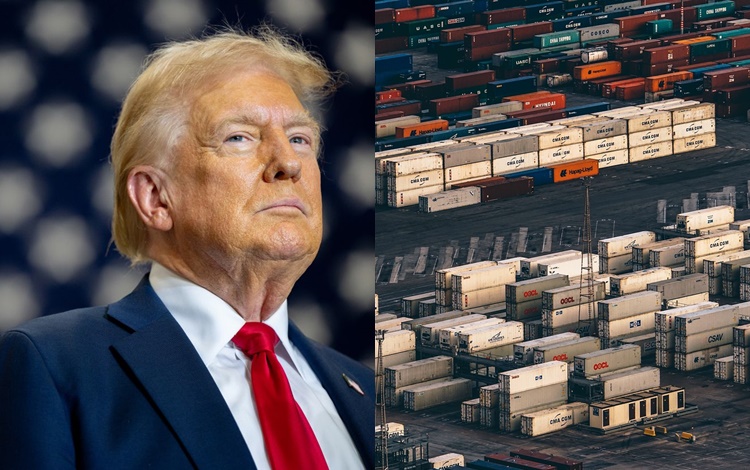Philippine exports to the United States will be subjected to a 17-percent tariff starting April 9, following the implementation of President Donald Trump’s sweeping “Liberation Day” tariff policy.

A table shared by President Trump on Truth Social outlined the tariff rates for various countries, with the Philippines facing a 17-percent levy. While this figure is substantial, it remains lower than the 34-percent tariff imposed on American goods entering the country. However, an annex to the White House statement suggested that the final tariff rate for the Philippines may be slightly higher, reaching 18 percent.
Higher Tariffs for Southeast Asian Neighbors
Compared to other Southeast Asian nations, the Philippines fared relatively better in Trump’s new trade policy. Vietnam will see the highest tariff at 46 percent, followed by Cambodia at 49 percent, Thailand at 36 percent, Indonesia at 32 percent, and Malaysia at 24 percent. Singapore, a major trade and financial hub, received the lowest tariff in the region at just 10 percent.
President Trump justified the move as part of a broader effort to protect American industries and workers. “Large and persistent annual U.S. goods trade deficits have led to the hollowing out of our manufacturing base; resulted in a lack of incentive to increase advanced domestic manufacturing capacity; undermined critical supply chains; and rendered our defense-industrial base dependent on foreign adversaries,” he stated.
Reciprocal Tariffs and Trade Deficit Considerations
Under this new policy, Trump has introduced “individualized” tariffs based on trade deficits with the United States. Countries with larger deficits face significantly higher rates. For all other nations, a 10-percent baseline tariff will take effect on April 5.
The Philippine government has yet to issue an official response to the new tariffs. However, trade analysts suggest that the move could impact key export industries, including electronics, textiles, and agricultural products, which rely heavily on the U.S. market.
Economists warn that the new tariffs may strain bilateral trade relations and potentially lead to price hikes on Philippine-made goods in the American market. Local businesses and exporters are now closely monitoring developments, with some calling for government intervention to negotiate lower tariffs or explore alternative trade agreements.
With the tariff implementation date fast approaching, Philippine exporters must brace for increased costs and potential disruptions in U.S. trade partnerships.
